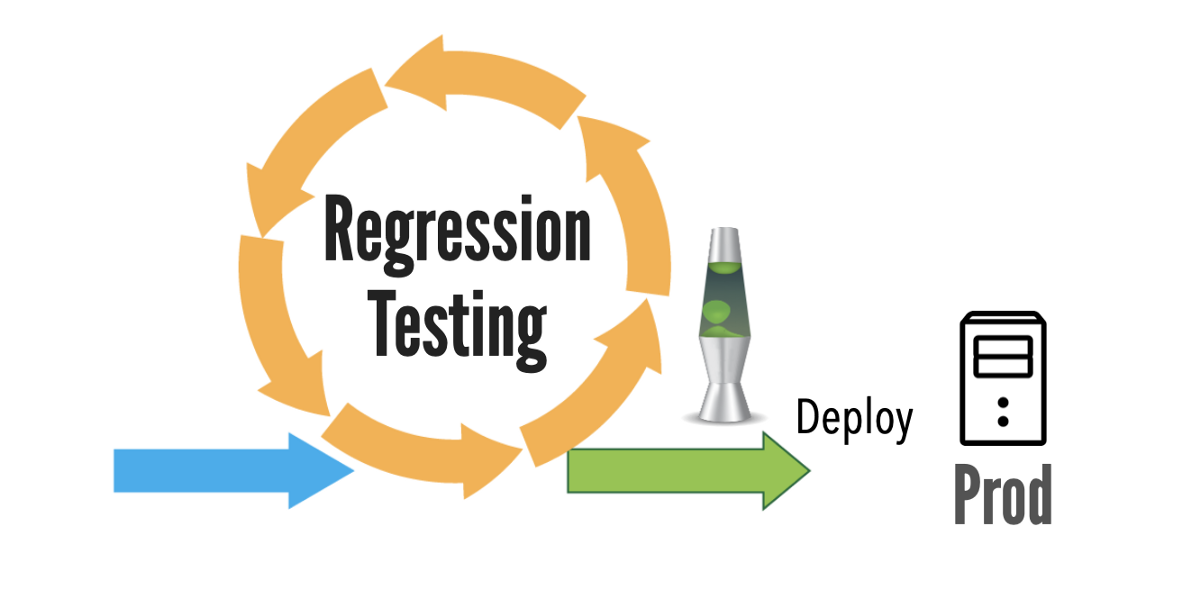What Are The Types Of Automation Testing?
Automation is taking the software development industry by storm, especially in the testing department. The software development process involves many stages and automation is used in the advanced stages. It is mainly used in web application testing because it allows testers to run multiple tests simultaneously on a single computer.
Types of automation testing
Functional testing
Functional testing assesses software according to set functional requirements specifications. It focuses on what the application does and mainly involves black box testing. Functional testing focuses primarily on testing the main functions of the system, its basic usability, accessibility for users, and the like.

Unit testing
It is usually performed during the development phase of an application and is therefore often the first type of automated testing performed on an application. Unit tests are extremely beneficial because they help identify bugs early in development and keep the cost of fixing them as low as possible.
Integration testing
Integration testing involves testing all the different units of an application in unity. It focuses on evaluating whether the system as a whole meets the functional requirements set for it. Integration testing usually follows unit testing and helps ensure seamless interaction between various functions to facilitate the smooth functioning of the software as a whole.

Broken testing
This testing includes testing all the various non functional elements of the application such as performance, reliability, usability, etc. Functional testing is usually followed by non-functional testing, as it only makes sense to know that the product does what it is supposed to do and only then examine how well it does it.
Performance testing
Performance testing involves testing the speed, stability and responsiveness of the software under workload. Performance testing is an essential function to ensure the success of software in the market because it helps identify potential problems that users might face, such as slow software operation under heavy workloads.

Regression testing
Regression testing involves re running functional and non-functional tests to see if the software works as before after some code or program change has been made.

Data driven testing
Data driven testing involves using data outside the system to augment your automated test cases. Data is usually stored separately in spreadsheet or table format and fed into test cases. Data driven testing is effective because testers often have multiple data sets to test, and having to develop a new test for each data set is time-consuming and a waste of resources.

Conclusion
We hope this brief overview of the different types of test automation and the different test automation frameworks has given you a better understanding of automation testing.









